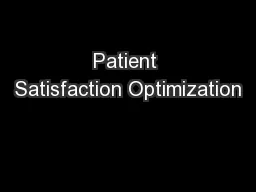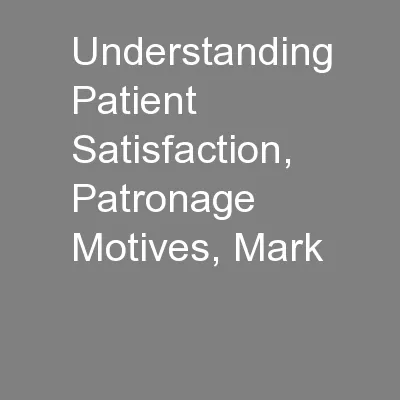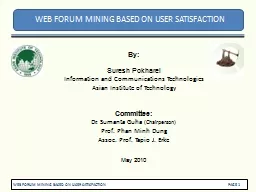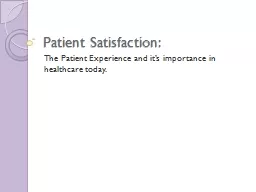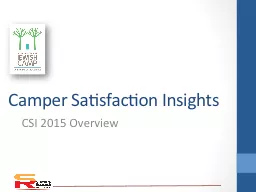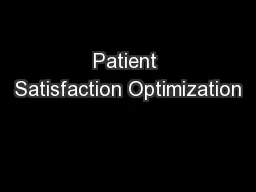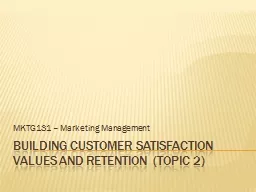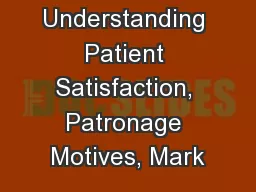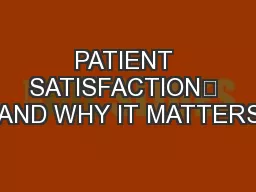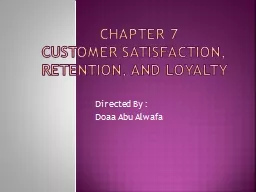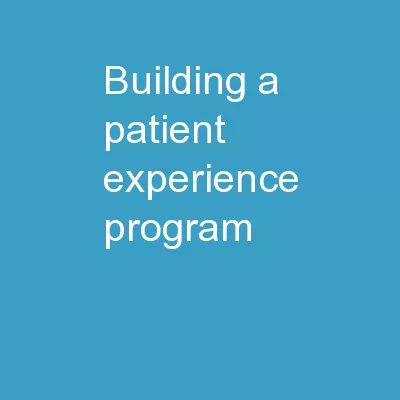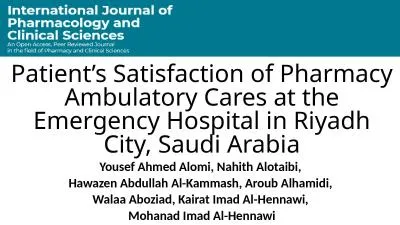PPT-Patient Satisfaction Optimization
Author : calandra-battersby | Published Date : 2018-09-22
Linda Shin MPH Clinical Safety amp Effectiveness Team Members Sponsor Randy Urban MD Astrud Leyva MD Beverly Mizell RN Corrin Le Vasseur MPA Deven Barriault RN Jennifer
Presentation Embed Code
Download Presentation
Download Presentation The PPT/PDF document "Patient Satisfaction Optimization" is the property of its rightful owner. Permission is granted to download and print the materials on this website for personal, non-commercial use only, and to display it on your personal computer provided you do not modify the materials and that you retain all copyright notices contained in the materials. By downloading content from our website, you accept the terms of this agreement.
Patient Satisfaction Optimization: Transcript
Download Rules Of Document
"Patient Satisfaction Optimization"The content belongs to its owner. You may download and print it for personal use, without modification, and keep all copyright notices. By downloading, you agree to these terms.
Related Documents

